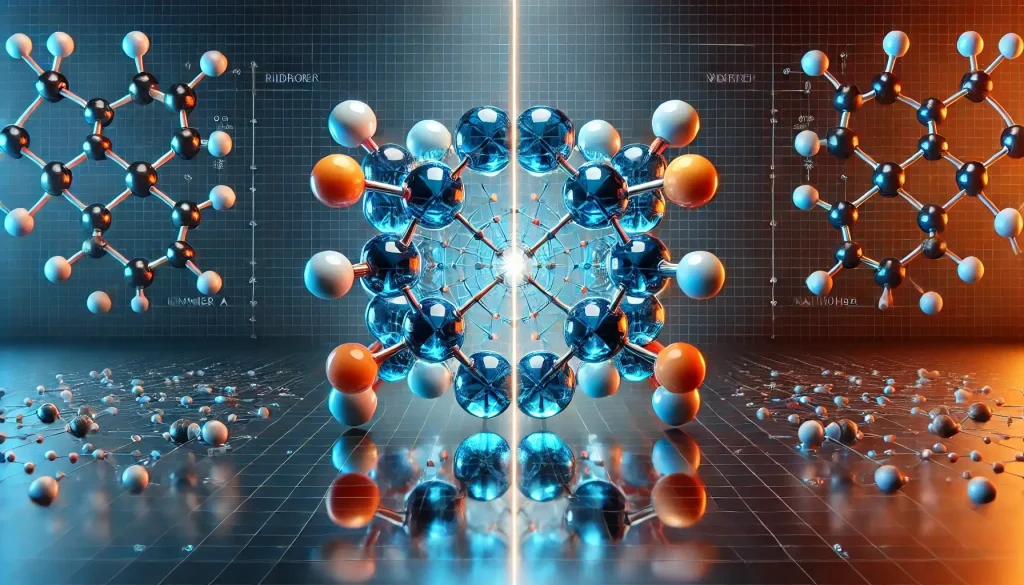Drugs acting on peripheral nervous system U-3 Notes
Buy Premium
Get The High-Quality Pdf Notes on App
Drugs Acting on the Peripheral Nervous
System (PNS)
- What is the Peripheral Nervous System?
- Organization of the ANS
- Function of ANS (Autonomic Nervous System)
- Neurohumoral Transmission
- Co-transmission
- Classification of Neurotransmitters
- Parasympathomimetic Drugs (Cholinergic Agonists)
- Parasympatholytic Drugs
- Sympathomimetic Drugs
- Sympatholytic Drugs
- Neuromuscular Blocking Agents (NMBAs)
- Skeletal Muscle Relaxants (Peripheral)
- Local Anesthetic Agents
- Myasthenia Gravis (MG)
- Glaucoma
- Drugs Used in Glaucoma
Other Units of Pharmacology I
Pharmacology I
Other Subjects of B Pharmacy 4th Semester
Topic wise notes of:
Medicinal Chemistry I
- Fundamentals of Medicinal Chemistry
- Drugs Acting on the Adrenergic Nervous System
- Cholinergic neurotransmitters
- Drugs acting on Central Nervous System
- CNS Drugs: Anesthetics, Analgesics and Anti-Inflammatories
Topic wise notes of:
Physical Pharmaceutics II
- Colloidal dispersions
- Rheology & Deformation of solids
- Coarse dispersion
- Micromeretics
- Drug stability
Topic wise notes of:
Pharmacognosy & Phytochemistry I
- Pharmacognosy: Sources, Classification, and Quality Control
- Conservation and Cultivation of Medicinal Plants
- Plant tissue culture
- Role of Pharmacognosy and Secondary Metabolites
- Drugs of Natural Origin: Plant, Marine, and Primary Metabolites
Topic wise notes of:
Pharmaceutical Organic Chemistry III
- Stereo isomerism
- Geometrical isomerism
- Heterocyclic compounds
- Heterocycles: Synthesis, Reactions & Uses
- Reactions of synthetic importance
Pharmacology of Drugs Acting on the Peripheral Nervous System – Summary
Unit III focuses on the pharmacology of drugs acting on the peripheral nervous system (PNS), emphasizing the autonomic nervous system (ANS) and its regulation of vital functions. It begins with an overview of the organization and functions of the ANS, which includes the sympathetic and parasympathetic divisions responsible for involuntary physiological responses.
The unit explains neurohumoral transmission, detailing how nerve impulses are transmitted via neurotransmitters. It also introduces the concept of co-transmission, where multiple neurotransmitters are released simultaneously, and provides a classification of neurotransmitters based on their structure and function.
Further, the unit explores four major classes of autonomic drugs: parasympathomimetics and parasympatholytics, which stimulate or block parasympathetic activity, and sympathomimetics and sympatholytics, which enhance or inhibit sympathetic activity. These drugs are essential in treating conditions such as asthma, hypertension, and bradycardia.
Moreover, the pharmacology of neuromuscular blocking agents and skeletal muscle relaxants is discussed, focusing on drugs that affect voluntary muscle control. The unit also covers local anesthetics, which block nerve conduction, and their use in surgical and dental procedures.
Finally, drugs used in specific neuromuscular disorders like myasthenia gravis and glaucoma are included, emphasizing their therapeutic mechanisms and clinical importance in managing these conditions.
At FirstHope, we provide BPharm notes that are topic-wise, easy to understand, and designed strictly as per the AKTU and Other Universities, hence designed according to PCI syllabus.




